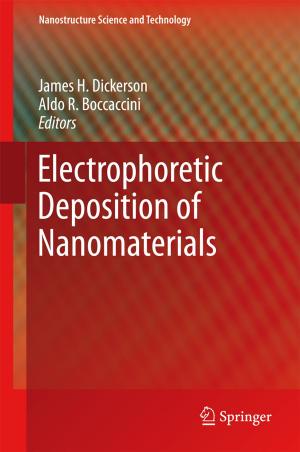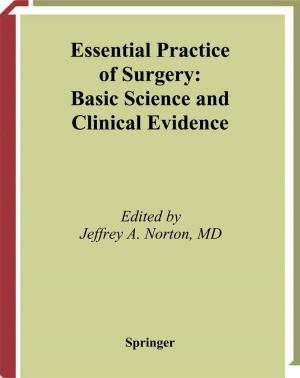Cancer Biology and the Nuclear Envelope
Recent Advances May Elucidate Past Paradoxes
Nonfiction, Health & Well Being, Medical, Medical Science, Microbiology, Specialties, Oncology| Author: | ISBN: | 9781489980328 | |
| Publisher: | Springer New York | Publication: | February 22, 2014 |
| Imprint: | Springer | Language: | English |
| Author: | |
| ISBN: | 9781489980328 |
| Publisher: | Springer New York |
| Publication: | February 22, 2014 |
| Imprint: | Springer |
| Language: | English |
"Nuclear envelope (NE) defects have been linked to cancer biology since the mid-1800s, but it was not until the last few years that we have begun to understand these historical links and to realize that there are myriad ways that the NE impacts on tumorigenesis. The NE is a complex double membrane system that encloses the genome while providing structural support through the intermediate filament lamin polymer and regulating protein/ mRNA trafficking and signaling between the nucleus and cytoplasm via the nuclear pore complexes (NPCs). These functions already provide some mechanisms for NE influences on cancer biology but work in the past few years has elucidated many others. Lamins and many recently identified NE transmembrane proteins (NETs) have been now shown to function in DNA repair, regulation of cell cycle and signaling, apoptosis, cell migration in metastasis and nuclear architecture and morphology. This volume presents a comprehensive overview of the wide range of functions recently identified for NE proteins and their relevance in cancer biology, providing molecular mechanisms and evidence of their value as prognostic and diagnostic markers and suggesting new avenues for the treatment of cancer. Indeed some of these recent links are already yielding promising therapies, such as the current clinical trial of selective inhibitors of the nuclear export factor exportin in certain types of leukemia, melanoma and kidney cancer."
"Nuclear envelope (NE) defects have been linked to cancer biology since the mid-1800s, but it was not until the last few years that we have begun to understand these historical links and to realize that there are myriad ways that the NE impacts on tumorigenesis. The NE is a complex double membrane system that encloses the genome while providing structural support through the intermediate filament lamin polymer and regulating protein/ mRNA trafficking and signaling between the nucleus and cytoplasm via the nuclear pore complexes (NPCs). These functions already provide some mechanisms for NE influences on cancer biology but work in the past few years has elucidated many others. Lamins and many recently identified NE transmembrane proteins (NETs) have been now shown to function in DNA repair, regulation of cell cycle and signaling, apoptosis, cell migration in metastasis and nuclear architecture and morphology. This volume presents a comprehensive overview of the wide range of functions recently identified for NE proteins and their relevance in cancer biology, providing molecular mechanisms and evidence of their value as prognostic and diagnostic markers and suggesting new avenues for the treatment of cancer. Indeed some of these recent links are already yielding promising therapies, such as the current clinical trial of selective inhibitors of the nuclear export factor exportin in certain types of leukemia, melanoma and kidney cancer."















